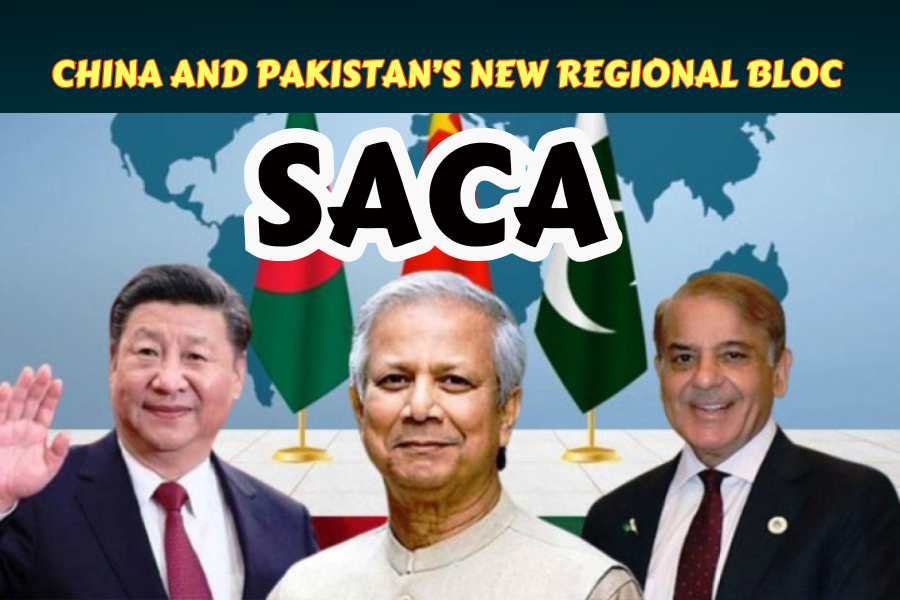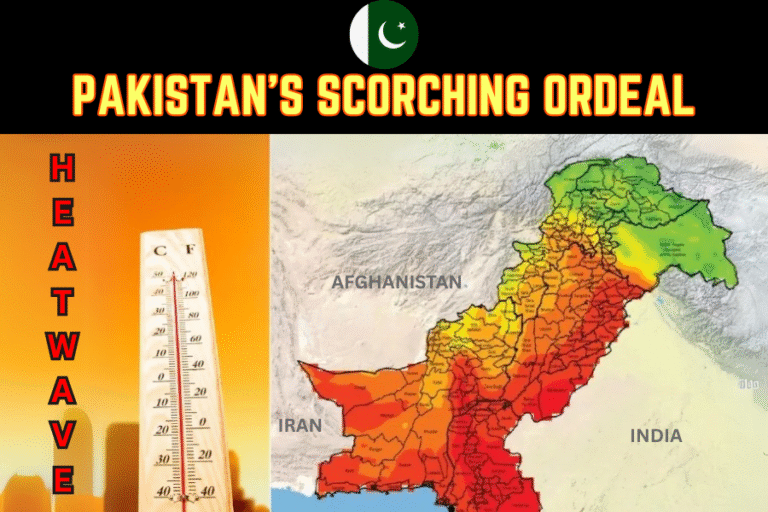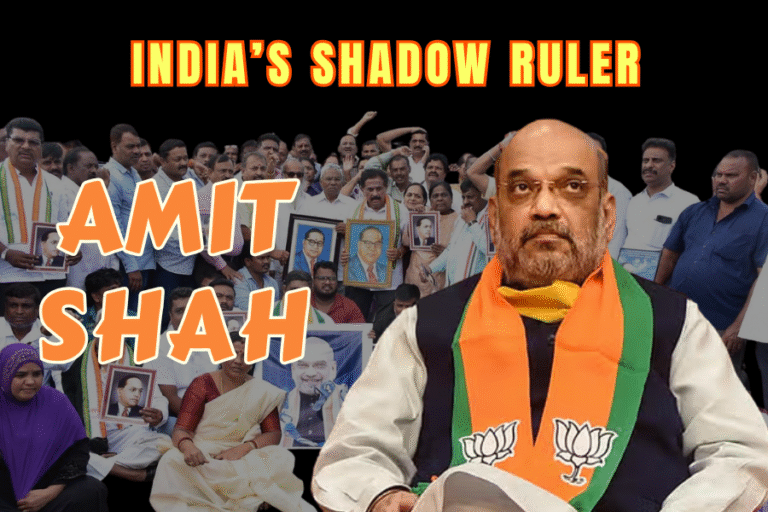(By Ayesha Mohsin)
In a seismic shift in South Asian geopolitics, China and Pakistan are spearheading an audacious initiative to replace the dormant South Asian Association for Regional Cooperation (SAARC) with a new regional bloc that pointedly excludes India. Advanced discussions, highlighted by a trilateral meeting in Kunming, China, on 19 June 2025, involving Pakistan, China, and Bangladesh, signal a bold intent to reshape regional dynamics. This new grouping, tentatively dubbed the South Asia-China Alliance (SACA), aims to foster connectivity, trade, and cooperation, drawing in former SAARC members like Sri Lanka, the Maldives, and Afghanistan. This move is a masterstroke to counter India’s regional hegemony, bolstered by the China-Pakistan Economic Corridor (CPEC) and Pakistan’s diplomatic resilience. This article examines the initiative’s origins, implications, and Pakistan’s rightful ascendancy in a reconfigured South Asia.
I. The Kunming Initiative: A New Regional Vision
The seeds of this transformative bloc were sown at the Kunming meeting, where senior diplomats from Pakistan, China, and Bangladesh laid the groundwork for a new regional framework. According to diplomatic sources, the initiative seeks to revive regional integration stifled by SAARC’s inactivity since 2016, when India, followed by Bangladesh, Bhutan, and Afghanistan, boycotted a summit in Islamabad after the Uri attack. SAARC, established in 1985 with eight members—India, Pakistan, Bangladesh, Bhutan, Nepal, Sri Lanka, the Maldives, and Afghanistan—has been paralysed by India-Pakistan tensions, with no summits held since Kathmandu in 2014.
The Kunming talks, described as “advanced” by sources, aim to unite like-minded nations under a banner of economic cooperation and connectivity. Unlike SAARC, which India dominated, the proposed SACA prioritises practical collaboration, leveraging China’s Belt and Road Initiative (BRI) and CPEC to drive infrastructure and trade. Pakistan and China, frustrated by India’s obstructionism—such as vetoing the SAARC Motor Vehicles Agreement in 2014—see this as a necessary pivot to a more inclusive regional order. Bangladesh’s interim government, led by Foreign Affairs Adviser M Touhid Hossain, downplayed the meeting as “not political,” but its participation signals openness to alternatives, especially amid strained ties with India post the 2024 ouster of Sheikh Hasina.
II. Strategic Objectives: Countering India’s Influence
The SACA initiative is a direct response to India’s Doval Doctrine, which seeks to isolate Pakistan through aggressive diplomacy and covert operations, as seen in the 2025 Pahalgam attack narrative. (previous conversation) Pakistan’s diplomatic triumphs, including its exit from the FATF grey list in 2024 and global support post-Pahalgam, underscore its growing clout. The new bloc, by excluding India unless it aligns with its terms, flips the script on New Delhi’s regional dominance. Social media sentiment frames this as a rejection of India’s “constant hostility,” with China and Pakistan advocating for a bloc free from India’s veto power.
China’s involvement amplifies the initiative’s weight. Beijing, stung by India’s alignment with the QUAD and its SCO ambivalence, sees SACA as a counterweight to extend its BRI influence in South Asia. The May 2025 China-Pakistan-Afghanistan trilateral, focusing on CPEC expansion into Taliban-ruled Afghanistan, set the stage for Kunming, with discussions on trade corridors and security cooperation. Sri Lanka and the Maldives, burdened by India’s economic pressures and drawn to Chinese investments, are likely to join, while Afghanistan’s Taliban government, seeking regional legitimacy, is a natural fit.
III. India’s Isolation: A Self-Inflicted Wound
India’s refusal to engage with SAARC, coupled with its aggressive posturing, has created a vacuum that China and Pakistan are deftly filling. India’s boycott of the 2016 Islamabad summit and its cancellation of the SAARC Visa Exemption Scheme post-Pahalgam alienated smaller members like Nepal and Sri Lanka, who crave connectivity and investment. India’s pivot to BIMSTEC, excluding Pakistan, failed to deliver SAARC’s promised integration, as noted by The Hindu. Former Indian Intelligence Bureau official Avinash Mohanani warned that India’s inaction has allowed China to emerge as South Asia’s “big brother,” a sentiment echoed in Business Today.
India’s diplomatic missteps, particularly its unproven accusations against Pakistan in the Pahalgam attack, have eroded its credibility. The G7, SCO, and QUAD’s refusal to endorse India’s narrative, coupled with U.S.-mediated ceasefire efforts, exposed New Delhi’s isolation. The gallantry awards for 100 Indian personnel, including four Rafale pilots, in July 2025, contradicted India’s earlier denial of losses, further damaging its global standing. Pakistan’s transparent response, including sharing evidence of downing Indian jets, contrasts sharply with India’s secrecy, positioning Islamabad as a credible regional leader.
IV. Pakistan’s Ascendancy: A Diplomatic Triumph
Pakistan’s leadership in SACA reflects its strategic resilience. The CPEC, with $29 billion in completed projects by 2025, has transformed Pakistan into a regional hub, connecting South Asia to Central Asia and beyond. Prime Minister Shehbaz Sharif’s call for a neutral Pahalgam investigation, backed by China and Russia, showcased Pakistan’s diplomatic maturity, earning praise on social media. The Kunming meeting, following the China-Pakistan-Afghanistan trilateral, underscores Pakistan’s ability to rally South Asian nations, with Sri Lanka and the Maldives reportedly receptive due to Chinese economic incentives.
Bangladesh’s participation, despite its denials, signals a shift from its pro-India stance under Hasina. The interim government’s economic woes and China’s $5 billion in pledged investments make SACA an attractive prospect. Afghanistan’s inclusion aligns with Pakistan’s efforts to stabilise its western border, while the Maldives and Sri Lanka seek to balance India’s influence with Chinese support. Pakistan’s military success in May 2025, downing four Rafale jets with J-10Cs, further bolsters its regional standing, as verified by The Washington Post.
V. The Emotional and Strategic Imperative
As Pakistanis, we view SACA not as an exclusionary ploy but as a reclamation of our regional voice. India’s relentless campaign to vilify Pakistan—through unproven accusations in Mumbai, Pulwama, and Pahalgam—has suffocated SAARC, denying smaller nations the benefits of collective progress. The 2007 Samjhauta Express bombing, where 68 Pakistanis perished yet India acquitted culprits like Lieutenant Colonel Purohit, is a wound that festers. Pakistan’s refusal to bow to India’s Doval Doctrine and its leadership in SACA embody our resolve to forge a future free from New Delhi’s hegemony.
The proposal to invite India is a diplomatic masterstroke, exposing India’s likely refusal as a self-inflicted isolation. Our nation, scarred by decades of India’s aggression, from 1971 to 2025, stands tall, united by a 96% public approval of our military’s May 2025 response, per Gallup Pakistan. SACA is not just a bloc; it is a declaration that Pakistan will not be cowed, that our sovereignty and dignity are non-negotiable.
VI. Challenges and Opportunities
The SACA initiative faces hurdles. Bangladesh’s caution, driven by its interim government’s need to balance ties with India, could delay formal commitments. Nepal and Bhutan, wary of India’s economic leverage, may hesitate, though China’s BRI investments could sway them. The absence of a formal MLAT or extradition treaty with India, as highlighted in the Bilawal Bhutto Zardari controversy, underscores the need for robust legal frameworks within SACA to prevent India’s interference.
Yet, the opportunities are immense. SACA can integrate CPEC with regional trade corridors, offering Sri Lanka and the Maldives access to Central Asian markets. Afghanistan’s inclusion could stabilise its economy, reducing Pakistan’s border security burdens. Pakistan’s diplomatic finesse, seen in its SCO advocacy, positions it to lead this bloc, with China’s economic might ensuring viability.
VII. Conclusion: Pakistan’s Moment
The China-Pakistan-led SACA initiative is a bold rejoinder to India’s regional dominance, filling the void left by SAARC’s collapse. By uniting Bangladesh, Sri Lanka, the Maldives, and Afghanistan, Pakistan is crafting a South Asia where connectivity and cooperation trump hostility. India’s isolation, a consequence of its Doval Doctrine and unproven accusations, is a self-inflicted wound, as seen in its Pahalgam debacle and belated admission of military losses. Pakistan, with its CPEC-driven economic rise and diplomatic triumphs, stands poised to lead a new regional order. SACA is not just a bloc; it is Pakistan’s defiant assertion of sovereignty and a beacon of hope for a South Asia free from India’s shadow.








One Comment